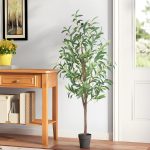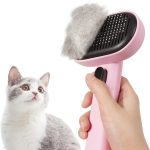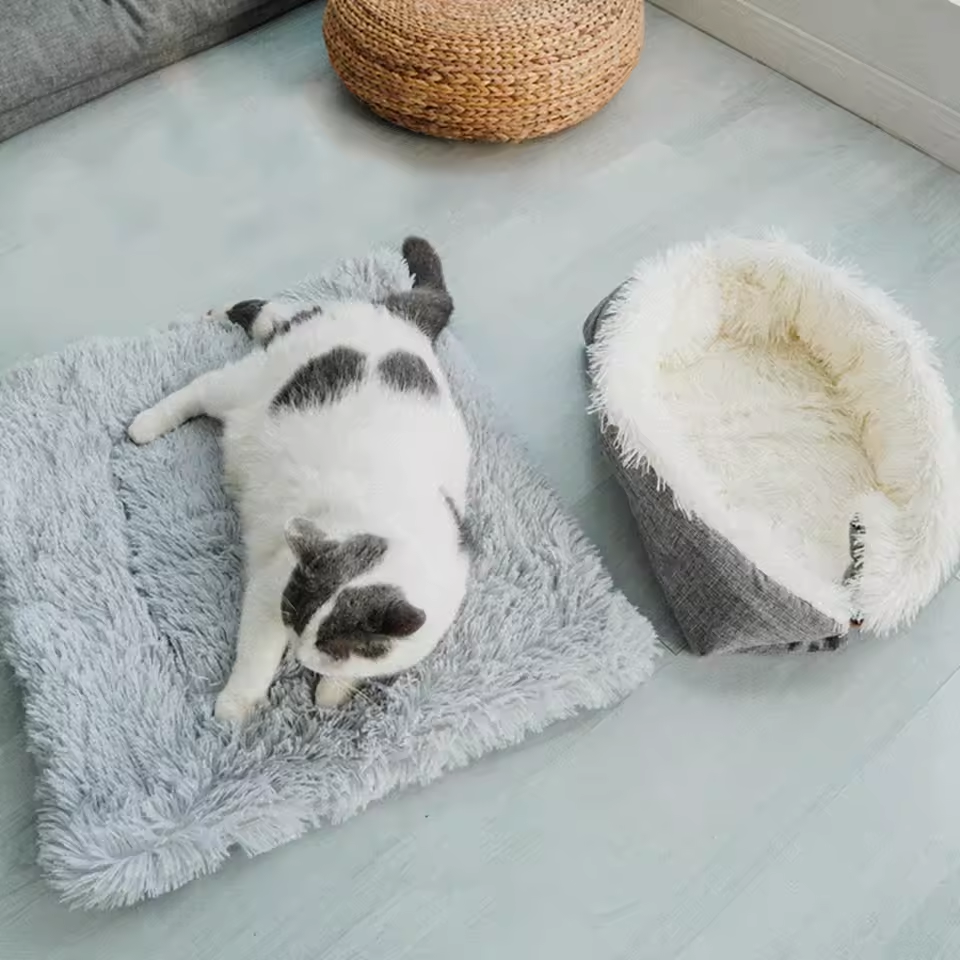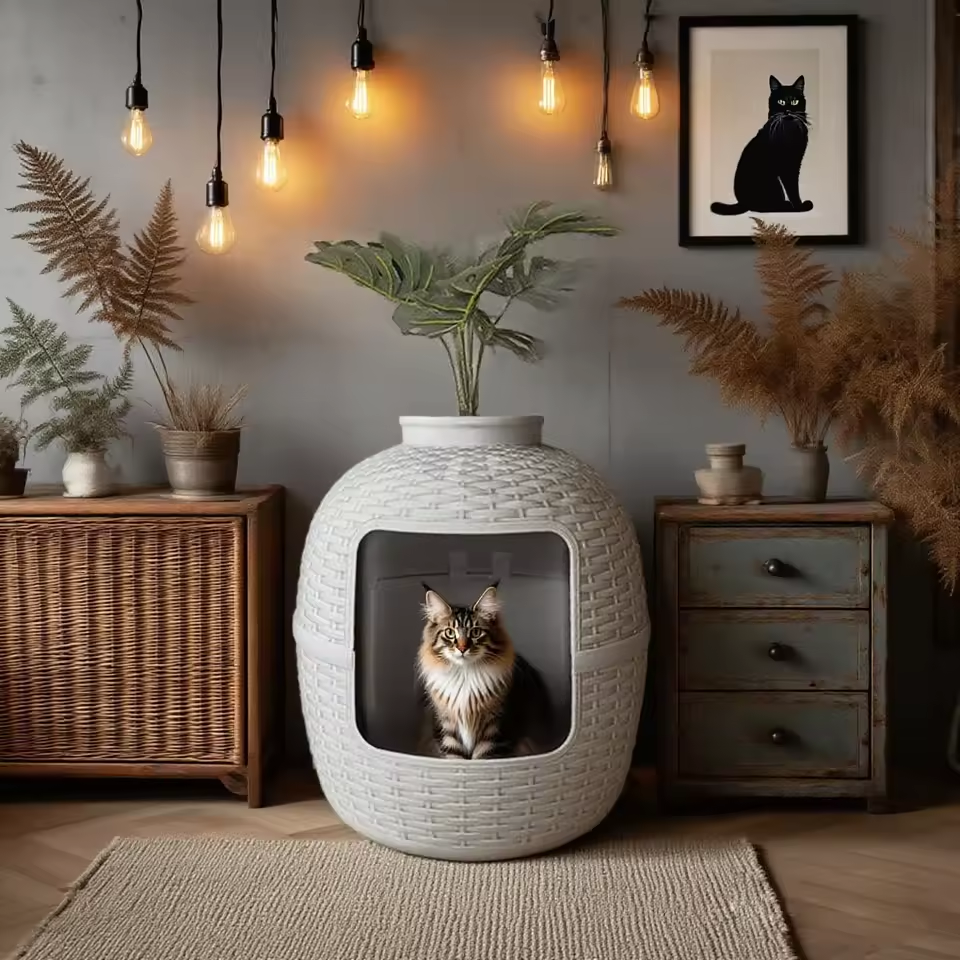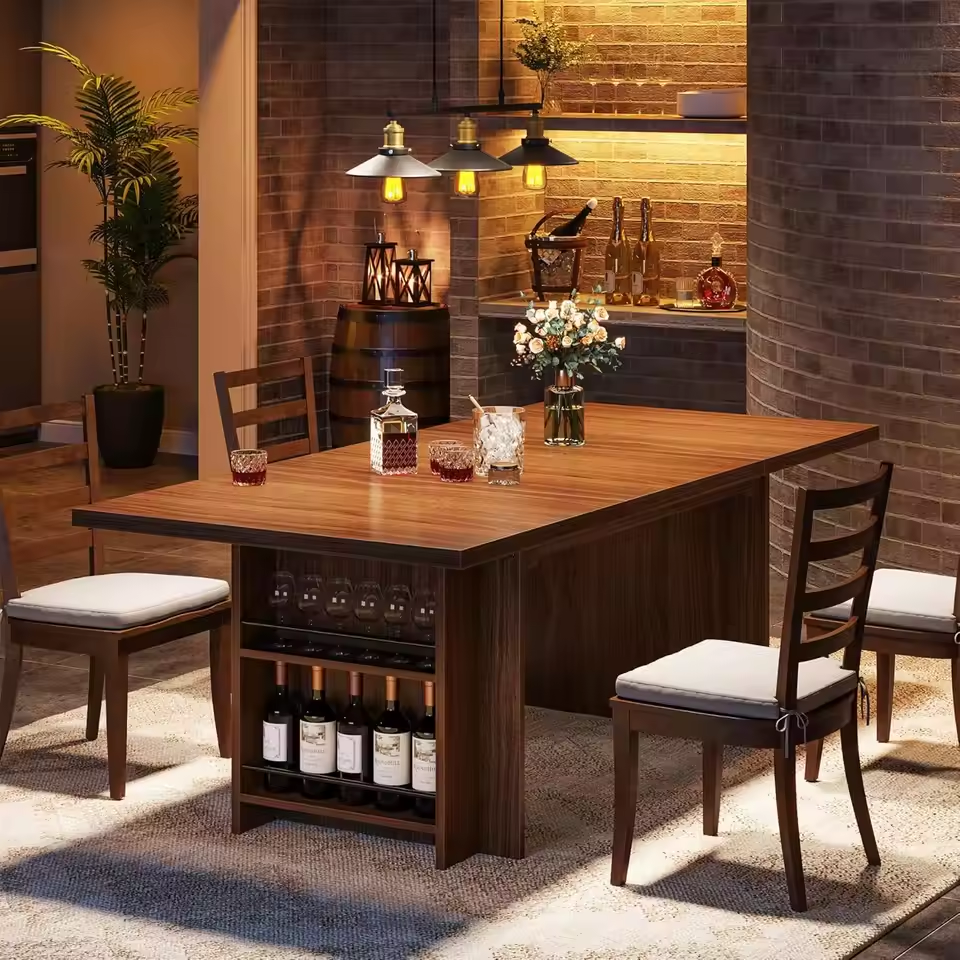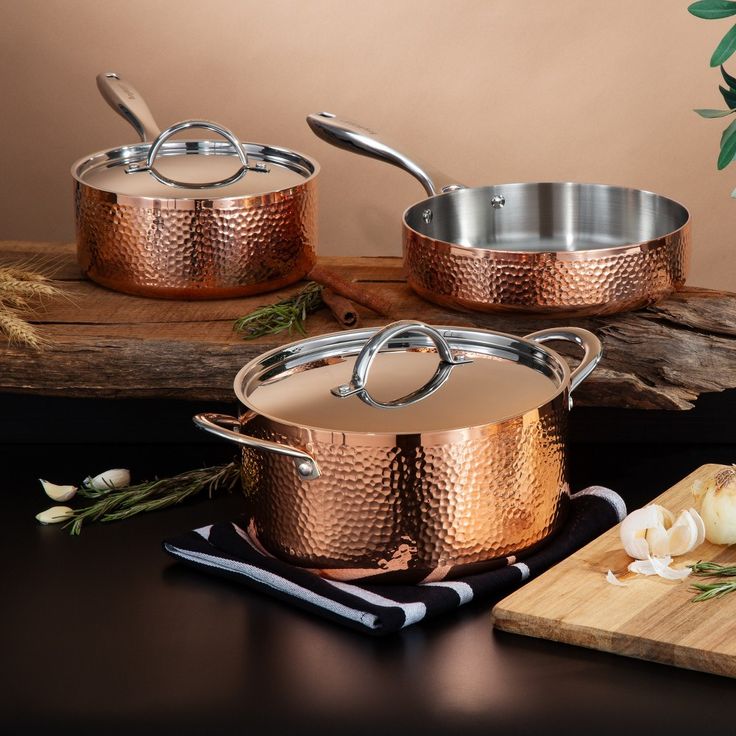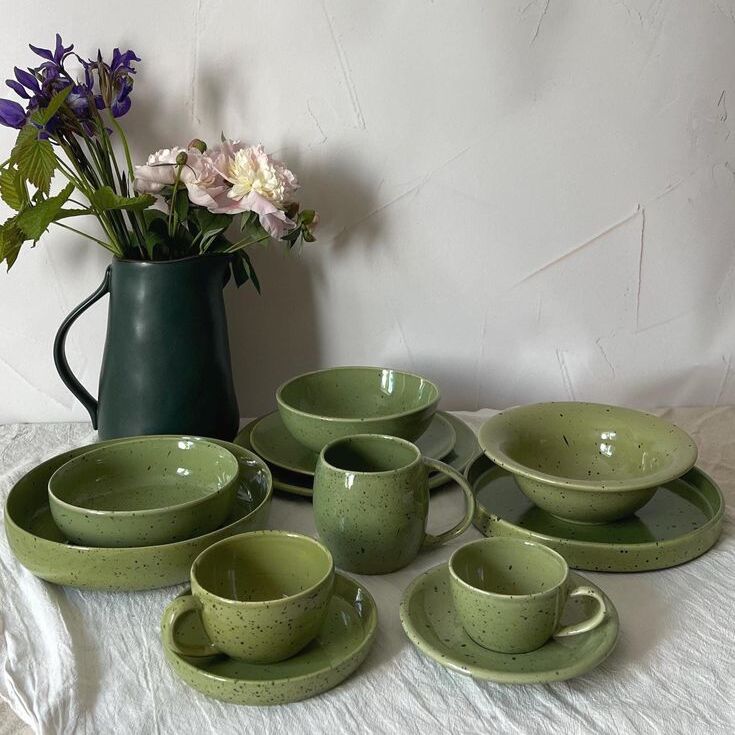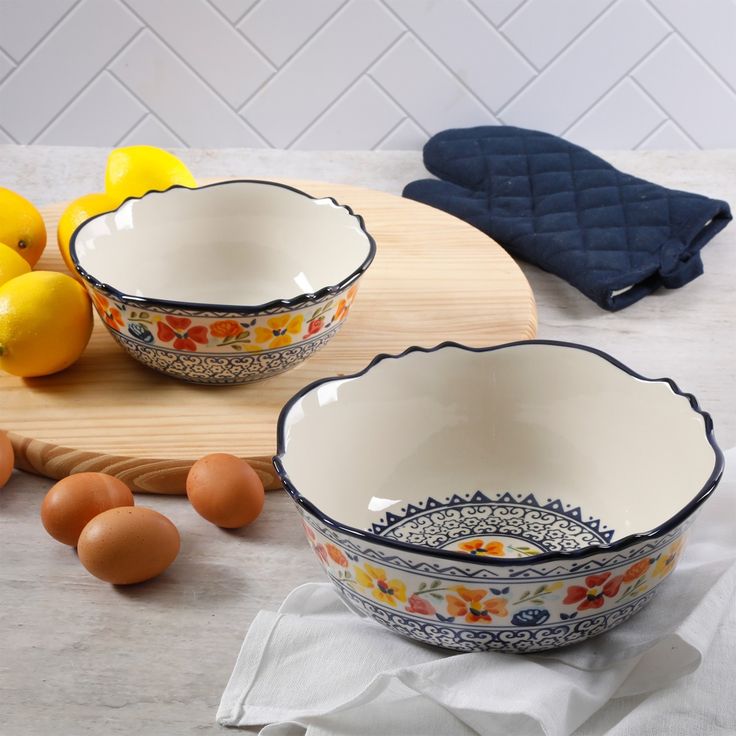A tea spoon serves as an essential utensil in every household, playing a crucial role in the enjoyment of your favorite beverages and culinary creations. While the design and shape of the spoon may attract attention, the choice of material directly influences its durability, usability, and overall aesthetics. Selecting the right material not only enhances your experience while enjoying tea but also ensures long-lasting performance. This comprehensive guide will delve into the various materials commonly used for tea spoons, examining their key attributes, advantages, disadvantages, and considerations for durability.
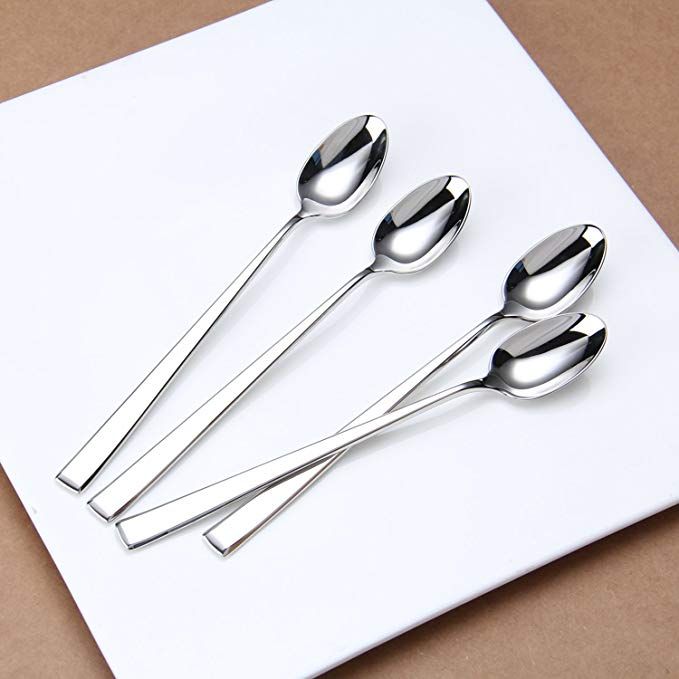
Understanding Common Materials for Tea Spoons
When exploring the world of tea spoons, you will encounter various materials, each providing its unique advantages and potential drawbacks. Common options include stainless steel, silver, plastic, bamboo, and ceramics. By understanding the specific properties of each material, you can easily identify which option best suits your preferences and lifestyle.
Stainless steel reigns as a popular choice for tea spoons due to its excellent durability and resistance to corrosion. The non-reactive nature of stainless steel prevents any interaction with acidic liquids, making it safe for stirring hot beverages. Additionally, stainless steel tea spoons are easy to clean, dishwasher safe, and resistant to rust. As a result, they maintain their aesthetic appeal for years, even with regular use.
Silver, particularly sterling silver, adds a touch of elegance and class to any tea-drinking experience. Silver spoons are known for their antimicrobial properties, which can help reduce bacteria and other harmful pathogens. However, one must consider their maintenance; silver requires regular polishing to prevent tarnishing. It also often comes with a higher price tag compared to other materials, which can be a deterrent for some.
Plastic tea spoons provide an affordable and lightweight alternative. They remain highly versatile and are available in various colors and designs, making them aesthetically pleasing for casual occasions or outdoor events. However, plastic spoons are generally less durable than metal options, often warping or breaking under high temperature and pressure.
Lastly, bamboo and ceramic tea spoons offer a more natural aesthetic. Bamboo is eco-friendly and quite durable while also being lightweight. Conversely, ceramic tea spoon can be exquisite due to their intricate designs but may be more prone to chipping or breaking if dropped.
Evaluating Durability in Stainless Steel Teaspoon
Stainless steel stands out as a champion of durability when it comes to tea spoon. Its remarkable strength and resistance to wear ensure that it withstands the rigors of daily use. With proper care, stainless steel spoons can last a lifetime, making them a smart investment for any kitchen.
The composition of stainless steel includes iron, carbon, and chromium, which combine to create a robust material resistant to rust, corrosion, and tarnishing. Its non-reactive properties mean that you can use stainless steel for various beverages without worrying about unwanted flavors or reactions. Unlike silver or copper, stainless steel maintains its appearance and structural integrity, even in humid or acidic environments.
When choosing stainless steel tea spoons, consider the grade of the stainless steel. Higher grades, like 18/10, indicate that the spoon contains 18% chromium and 10% nickel. This composition further enhances its resistance to corrosion and increases durability. While stainless steel spoons might not possess the luxurious aura of silver, they offer long-lasting practicality and functionality that ultimately pays off.
Moreover, stainless steel tea spoons are dishwasher safe, simplifying cleaning and maintenance. Many brands offer ergonomic designs that not only look sleek but also provide comfortable handling. As a result, they accommodate a wide range of preferences, making stainless steel spoons an ideal choice for both casual users and dedicated tea aficionados.
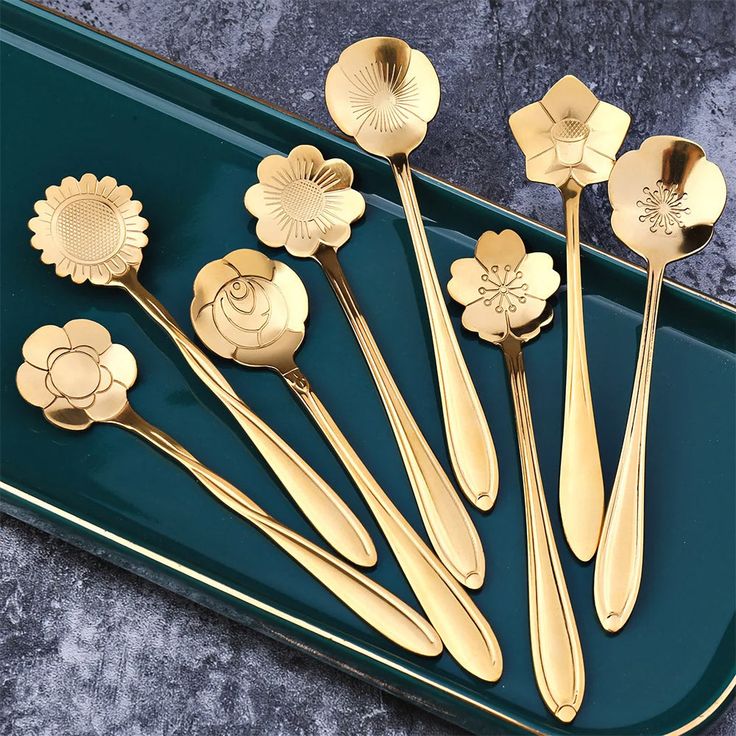
The Elegance of Silver Tea Spoons: A Timeless Choice
In the realm of tea spoon, silver exudes elegance and sophistication. Sterling silver, in particular, garners attention for its beauty and historical significance. Many people cherish silver spoons as family heirlooms passed down through generations, adding sentimental value to their practicality.
The antimicrobial properties of silver contribute to its appeal as a choice for tea spoon. Silver has natural antibacterial qualities, which some research suggests can help reduce the presence of harmful bacteria on surfaces. This characteristic makes silver tea spoons suitable for the health-conscious consumer.
However, silver tea spoons do come with specific maintenance requirements. Unlike stainless steel, silver tarnishes over time due to exposure to air and moisture. Regular polishing is necessary to maintain the shine and quality of sterling silver. While many enjoy the patina that develops on vintage pieces, others prefer a polished finish and may find the upkeep tedious. Always consider how much maintenance you are willing to commit to when selecting silver as your material of choice.
While silver tea spoons are often considered a luxurious, upscale option, they also come with a higher price tag. If you plan to use them for everyday purposes, you may find it prudent to reserve them for special occasions. Ultimately, the allure of silver lies in its timeless beauty and antique charm, elevating any tea experience.
Exploring Plastic Tea Spoons for Convenience
Plastic tea spoons emerge as an economical and convenient option, particularly for casual or outdoor gatherings. These spoons provide an accessible solution for those who may not need long-lasting utensils or may host large events. The lightweight nature of plastic makes them comfortable to handle, and their availability in various designs allows you to create a vibrant table setting.
Despite their advantages, one must consider the durability of plastic spoons. They can warp or melt when exposed to hot liquids, making them unsuitable for stirring hot tea or coffee. Additionally, lower-quality plastic spoons may crack or break under pressure. While using biodegradable options can lessen the environmental impact, using plastic tea spoons regularly is not the best way to commit to sustainable practices.
In terms of maintenance, plastic tea spoons score high because cleanup is simple; most are designed for single-use and can be discarded after their function is completed. However, their disposable nature can lead to environmental concerns, as plastic waste contributes significantly to pollution.
Ultimately, plastic tea spoons cater to specific situations where convenience and affordability override durability and long-term functionality. They work well at picnics, parties, or as a supplementary option in your kitchen. Nevertheless, if you seek a spoon that endures daily use and provides an enriching tea experience, the limitations of plastic must be carefully weighed.

The Natural Beauty of Bamboo Teaspoon
Bamboo has gained popularity as an eco-friendly alternative in various kitchenware applications, including tea spoons. The natural and sustainable properties of bamboo make it a compelling choice for environmentally conscious consumers. Bamboo’s durability and lightweight nature enable it to withstand regular use while promoting an eco-friendly lifestyle.
One notable advantage of bamboo spoons is their inherent resistance to bacteria and microbes. The natural properties of bamboo inhibit bacterial growth, providing a safe utensil that you can confidently use while preparing tea or other beverages. This quality enhances both hygiene and safety without introducing synthetic materials into your kitchen.
Bamboo tea spoons exude a charming aesthetic, often featuring intricate designs and a warm, natural finish. They complement various table settings and pair well with both rustic and modern décor. However, it’s essential to consider how to maintain bamboo utensils; hand washing is recommended, and soaking in water should be avoided to prevent warping.
Despite their natural advantages, bamboo spoons are still susceptible to wear over time. Exposure to high temperatures can affect their structural integrity, so they may not withstand prolonged use with hot liquids. Nevertheless, when used mindfully, bamboo tea spoons offer a delightful blend of function, style, and sustainability that appeals to many tea enthusiasts.

The Appeal of Ceramic Spoon
Ceramic tea spoons offer an artistic and unique option that enhances your tea-drinking experience. These spoons often showcase intricate patterns and vibrant colors, adding a personal touch to your tea collection. For those who prioritize aesthetics, ceramic spoons can serve as conversation starters while enriching the overall ambiance of your tea preparation ritual.
One essential consideration in choosing ceramic spoons is their fragility. Ceramic is prone to chipping and breaking when dropped, making it less durable compared to metal or bamboo options. When handling ceramic tea spoon, exercise caution to ensure their longevity. However, when treated with care, ceramic spoons can last for many years and remain beautiful additions to your kitchenware.
Ceramic tea spoon may also offer remarkable versatility, as many designs feature a dual purpose. Some can be used for stirring hot beverages, while others can serve as decorative pieces. For example, a colorful ceramic spoon might sit elegantly alongside a teapot on display when not in use.
Ultimately, ceramic tea spoons appeal to people who appreciate aesthetics and artistry. While they require more attention regarding care and handling, they reward users with elegance and personality. If you intend to create a unique tea-drinking atmosphere, integrating ceramic spoons into your collection can elevate the experience significantly.
Considerations for Maintaining Durability in Teaspoon
Choosing the right material for tea spoon involves a consideration of not only initial preferences but also long-term maintenance for durability. Each material requires specific care practices to ensure longevity and to preserve its aesthetic qualities.
Stainless steel is low-maintenance compared to other materials, as it typically requires only occasional washing in the dishwasher. Avoid using abrasive cleaners, as they can scratch the surface. Drying the spoons immediately after washing can help prevent water spots.
Silver requires consistent upkeep to maintain its luster. Regular polishing prevents tarnish from accumulating, and proper storage in a dry, airtight environment can further protect silver spoons. By establishing a routine for maintenance, you can preserve the beauty of your silverware for generations.
When it comes to plastic, the focus should be on proper disposal and recycling when applicable. Although convenient, they cannot withstand high temperatures, so opting for quality plastic options can lead to better short-term use.
For bamboo and ceramic spoons, emphasizing careful cleaning and handling proves essential. Avoid soaking bamboo in water and opt for hand washing. For ceramic, avoid placing them in the dishwasher if not labeled as dishwasher safe. Always inspect for chips or cracks before use, as this can influence both safety and aesthetics.
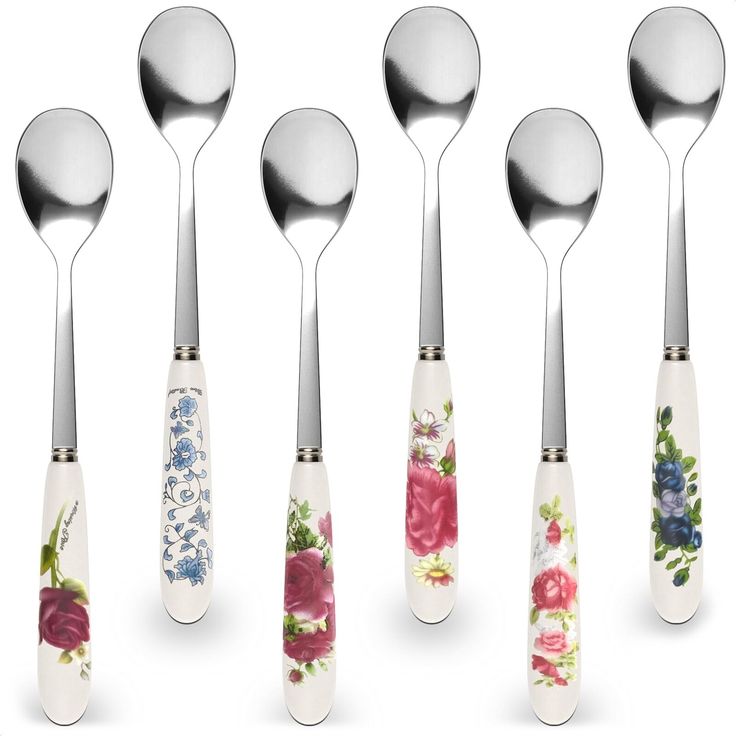
Conclusion: Finding the Perfect Tea Spoon Material
In summary, selecting the right material for your tea spoon involves evaluating durability, aesthetics, and maintenance needs. Each material possesses unique characteristics that cater to different preferences and uses. Stainless steel stands out for its unmatched durability and ease of care, while silver offers elegance and historical significance. Plastic provides an affordable option, though it has durability limitations. Bamboo appeals to eco-conscious consumers, and ceramic adds artistic flair.
Consider your personal preferences, tea-drinking habits, and maintenance capabilities when choosing a material. A well-selected tea spoon enhances your tea experience, providing functional benefits while incorporating personal taste. Ultimately, the right tea spoon will promote not just enjoyment of your favorite beverages, but also elevate the entire experience of tea preparation and enjoyment. By understanding the differences among materials and their durability, you can make an informed decision that leads to satisfaction with every cup.

